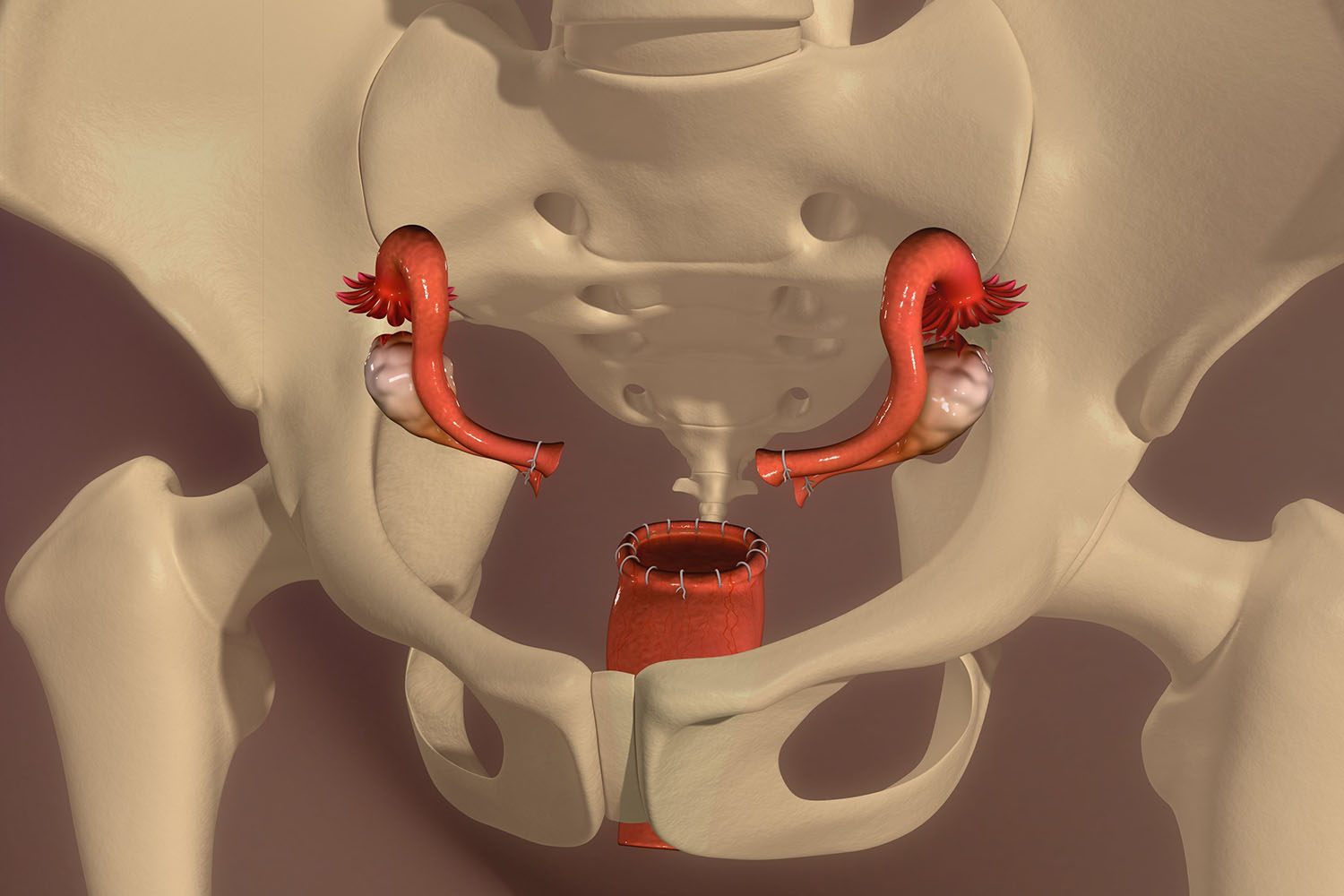Overview
For women facing the need for a hysterectomy, the prospect of major surgery can be daunting. Thankfully, advancements in surgical techniques have led to the rise of laparoscopic hysterectomy, a minimally invasive option offering several advantages. Let’s delve into the details of laparoscopic hysterectomy, exploring its benefits, international research on its effectiveness, and what to consider when faced with this decision.

A laparoscopic hysterectomy is a surgical procedure to remove the uterus through small incisions in the abdomen. Unlike a traditional hysterectomy, which involves a larger abdominal incision, laparoscopic surgery utilizes specialized tools and a camera. Here’s a breakdown of the process:
- A laparoscope, a thin tube with a camera attached, is inserted through a small incision near the navel.
- Additional small incisions are made in the abdomen to insert surgical instruments.
- The surgeon views the magnified image from the laparoscope on a monitor while manipulating the instruments to carefully remove the uterus.
- Depending on the situation, the cervix and ovaries may also be removed during the procedure.
Benefits of Laparoscopic Hysterectomy
Compared to a traditional hysterectomy, laparoscopic surgery offers several advantages:
- Reduced scarring: Smaller incisions lead to less noticeable scarring.
- Shorter hospital stay: Patients typically recover faster and can return home sooner.
- Less pain: Minimally invasive surgery generally results in less postoperative pain.
- Quicker recovery: Patients can usually resume normal activities more quickly.
International Research on Laparoscopic Hysterectomy
Multiple international studies have confirmed the effectiveness and safety of laparoscopic hysterectomy. A 2020 research review published in the journal, Gynecological and Minimally Invasive Therapy, analyzed data from over 40,000 laparoscopic hysterectomy cases. The study found this approach to be safe and successful, with minimal complication rates.
Furthermore, research published in the British Journal of Surgery (2018) compared laparoscopic hysterectomy with traditional surgery for women with various uterine conditions. The study concluded that laparoscopic hysterectomy offered faster recovery times, less blood loss, and similar long-term outcomes.
Things to Consider with Laparoscopic Hysterectomy
While laparoscopic hysterectomy offers significant advantages, it’s important to understand some factors:
Not suitable for all cases: Complex medical conditions or a very large uterus might necessitate a traditional approach.
- Discussion with your doctor: Consulting a qualified gynecologist is essential to determine if you’re a good candidate for laparoscopic hysterectomy and discuss potential risks and benefits.
- Recovery and follow-up: Following your doctor’s post-operative instructions and attending follow-up appointments are crucial for a smooth recovery.
Laparoscopic hysterectomy has emerged as a safe and effective option for women undergoing uterine removal. Backed by international research, it offers significant benefits in terms of reduced recovery time, less pain, and minimal scarring. However, consulting a gynecologist to assess your individual situation and explore all treatment options is vital before making a decision.


